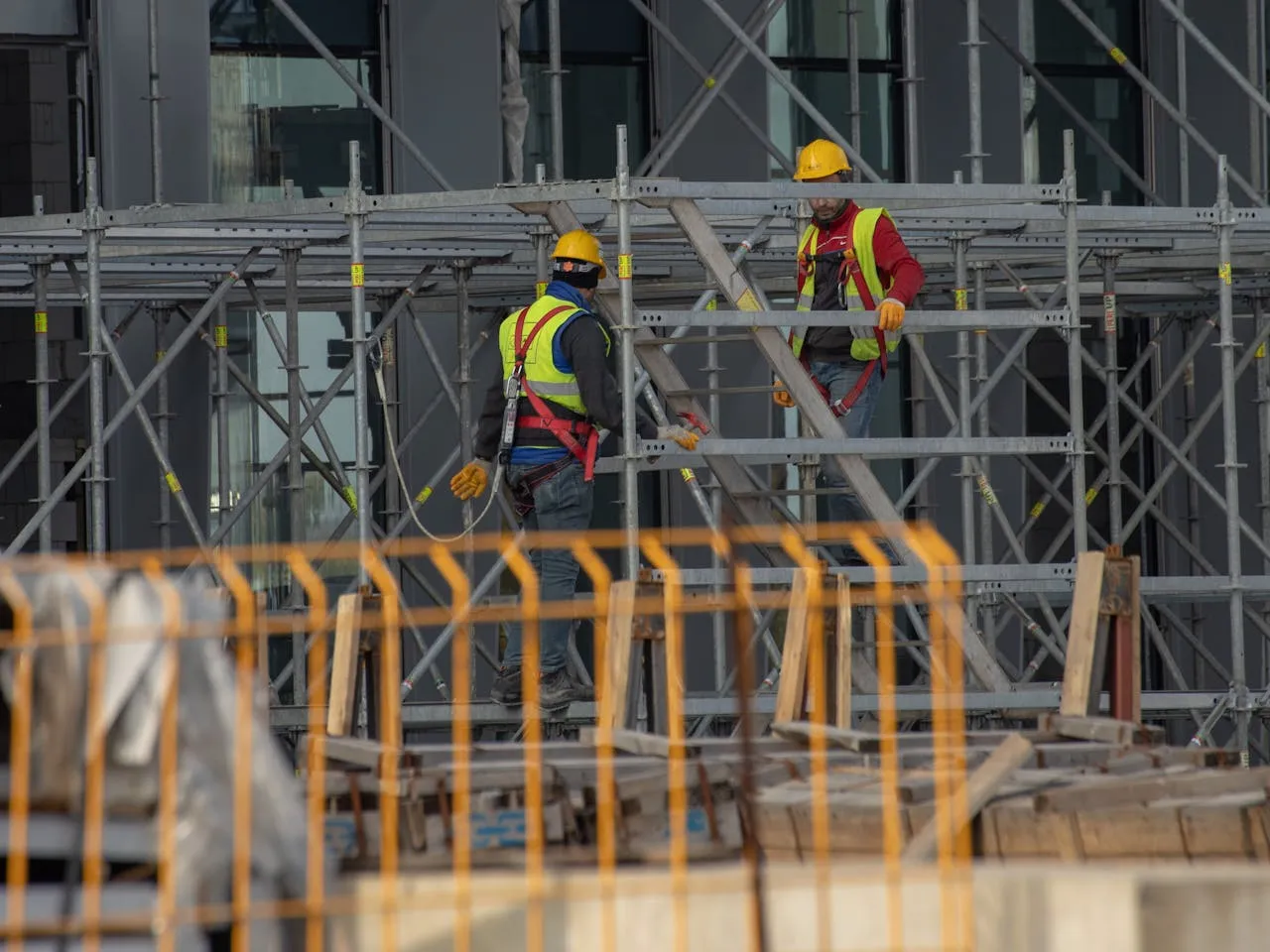
Balfour Beatty: Live Traffic Now a Fatal Construction Risk
As Construction Safety Week 2025 approaches, Balfour Beatty has launched a groundbreaking initiative that introduces live traffic as a fifth fatal risk in the construction industry. This new safety initiative aims to address and mitigate the unique and significant hazards posed by vehicles traveling through construction zones, expanding on the traditional Fatal Four risks outlined by OSHA. Balfour Beatty’s proactive stance on this issue demonstrates a national commitment to eliminating traffic-related risks, ensuring that every worker and motorist returns home safely at the end of each day.
Traditionally, the construction industry has concentrated on four major risks defined by the Occupational Safety and Health Administration (OSHA) known as the “Fatal Four.” These include falls, struck-by objects, electrocution, and caught-in/between incidents. While these are undoubtedly critical, Balfour Beatty’s analysis of industry data and internal safety reports reveals that live traffic is an equally dangerous threat, requiring significant focus and strategic action.
Identifying the Threat: The Importance of Addressing Live Traffic Risks
Each year, thousands of workers and motorists are injured or killed in accidents within construction zones. According to the Federal Highway Administration (FHWA), approximately 105,000 vehicle crashes occur in work zones annually, resulting in nearly 42,000 injuries. The Department of Transportation (DOT) also reports that approximately 900 lives are lost in work zone crashes every year. The Bureau of Labor Statistics (BLS) highlights a staggering number of fatalities among construction workers, with an estimated 94 to 143 construction workers losing their lives due to vehicle incidents in work zones.
Richard Ryan, Senior Vice President of Safety & Sustainability at Balfour Beatty US, emphasized the severity of the issue, saying, “The statistics are staggering, construction workers in roadway work zones face life-threatening dangers every day from the driving public.” By officially elevating live traffic to the level of a fatal risk, Balfour Beatty seeks to bring attention to this often overlooked hazard and take steps to eliminate these tragic incidents. The company stresses that addressing live traffic risks is essential to ensuring the safety of both workers and the public in construction zones.
This new safety initiative also aims to change the way communities and workers approach work zones, promoting a shared responsibility for safety. “This is about protecting our people, the public, and fundamentally changing how our communities approach work zones,” Ryan continued. “Safety is a two-way street that requires awareness and responsibility from both workers and motorists.”
Balfour Beatty’s Safety Actions and Innovations
In response to the critical need for enhanced safety protocols around live traffic, Balfour Beatty has implemented a number of innovative solutions designed to mitigate traffic-related risks in construction zones. The company’s commitment to eliminating these hazards is reflected in the following safety strategies:
1. Advanced Warning Technology:
Balfour Beatty is using cutting-edge technology to alert drivers to the presence of construction zones and workers. One of the key technologies in use is the Safety Cloud® system developed by HAAS Alert. This system provides digital alerts to approaching drivers via navigation apps and connected vehicles, allowing them to adjust their speed and be prepared for work zones in real-time. This proactive measure aims to reduce the likelihood of accidents before they happen, giving drivers the information they need to navigate safely through construction areas.

2. Enhanced Visibility Systems:
Ensuring that workers and equipment are highly visible to passing traffic is a critical component of Balfour Beatty’s safety strategy. To achieve this, the company has deployed specialized strobe lighting systems that are mounted on equipment and worn by workers. These lighting systems increase visibility in all weather conditions and during nighttime operations. Visibility is crucial in construction zones, where workers are often exposed to the high-speed traffic that flows through the area. With these enhanced systems, the risk of being struck by moving vehicles is significantly reduced.
3. Legislative Advocacy:
In addition to on-site safety innovations, Balfour Beatty is advocating for broader changes in work zone safety at the legislative level. The company has partnered with the Carolinas Associated General Contractors (CAGC) and legislators in North and South Carolina to incorporate work zone safety education into driver training programs. This advocacy effort aims to raise awareness about the risks construction workers face in work zones and ensure that all new drivers are educated about the importance of safe driving practices around construction zones.
4. Acknowledging Differing Traffic Types:
Understanding that not all work zones are the same is crucial to developing targeted safety measures. Balfour Beatty’s Buildings and Civils project teams are working across different business units to identify the various types of traffic that interact with construction zones. These include pedestrian access near building projects, vehicle traffic alongside highway or bridge construction, and even train operators navigating rail projects. Each of these scenarios presents unique challenges, and Balfour Beatty is developing customized safety protocols for each.
The Role of Public Awareness in Work Zone Safety
As part of its broader mission to eliminate live traffic risks, Balfour Beatty is urging the public to take an active role in improving safety around work zones. Eric Stenman, President and CEO of Balfour Beatty US, commented on the company’s safety initiative: “Acknowledging live traffic as a hazard in construction represents teammates’ unwavering commitment to our Zero Harm safety culture. We’re not just identifying this as a crisis, we’re taking meaningful action to protect lives.”
Stenman emphasized that construction workers and motorists alike must share responsibility for ensuring safety in work zones. “When workers leave for their jobs each morning, families expect them to return home safely,” Stenman said. “By addressing live traffic with the same rigor as OSHA’s Fatal Four, we’re helping secure that promise is kept.” He also noted that simple actions by drivers—such as slowing down, making room for workers, and being aware of their surroundings—could prevent tragedies and help keep both workers and motorists safe.
Balfour Beatty’s message to the public is simple: “Slow down, make room, and help us save lives.” These three actions, when practiced by every driver, can significantly reduce the risk of accidents in construction zones and contribute to a safer environment for both workers and the public.





